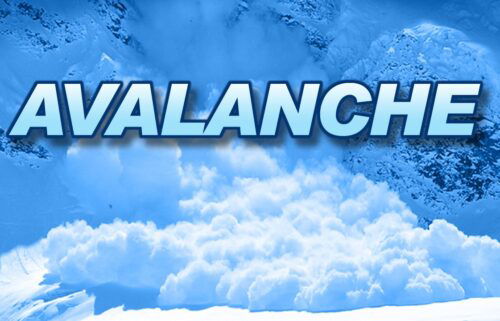Restoring the Yellowstone bison population
GARDINER, Mont. (KIFI) - Park rangers say it's an incredible conservation success story of one of the United States most famous native animals.
Bison once on the verge of extinction, but through the park's Conservation Transfer Program the bison have returned in force.
Park Ranger Kate Hammond says, "the protection and recovery of bison here is really one of the great triumphs of American conservation."
The program started in 2016 to help manage and rebuild the park's dwindling buffalo population.
Data shows around 60% of the Yellowstone bison carry the disease brucellosis, which can cause pregnant buffalo to abort a fetus.
The Park Rangers used to slaughter the animals to stop the spread of the disease. But through the conservation transfer program, Yellowstone has been largely able to shift away from slaughtering the bison, by checking them for the disease before releasing them back into the park.
The newly expanded program can hold up to 300 buffalo for quarantine.
"It was incredibly hard to get to that point," wildlife biologist Chris Geremia said. "But we really did believe that it was symbolic because at the same time, there were so many more animals that could have entered this program that we didn’t have the space for.”
Partnerships to restore Yellowstone bison
The program relies on partnerships between Yellowstone and several native american tribes. Many Indigenous group consider the bison their relatives and recall the tragic history of the animals.
"Indigenous people in Buffalo have had a connection since time immemorial. As we went around to our tribes and we hear their their creation stories, many of them reflect back to being once the Buffalo Nation," Executive director of Intertribal Buffalo Council Troy Hernert said. "You can't help but wonder what place those tribes would be if what happened to Buffalo didn't happen."
"Buffalo were killed to near extinction and made way for cattle, maybe for ranching," Blackfeet Nation Buffalo Program director Ervin Carlson said. "I always talk about how they wanted to get rid of buffalo and consequent and they get rid of the Indians."
At one point, only the microscopic amount of 25 bison left in the park. 100 years later, Park Services and their Indigenous partners work to restore the buffalo population.
"Last year was Yellowstone 150th anniversary, and we reached a record number of almost 6000 bison," Park Superintendent Cameron Sholly said. "We've managed that together for the tribal partners that are here. You are absolutely essential to the success in helping us manage not only bison, but many other aspects of Yellowstone."
Restoring buffalo to Tribal lands
The buffalo hold a place of spiritual and cultural significance for many native peoples. As they're restored the identity of the tribe is as well.
"The buffalo are still here we're still here and we're still fighting to bring them back to to our culture."
From the park, the bison will be transferred to the Fort Peck reservation in northeastern Montana. Once there, the buffalo are sent to rebuild herds on reservations and restore the bison to their first people.
The buffalo have been sent to over 83 tribes in states as close as Montana and as far as Alaska.
"They are living truly as wild as can be. There are no fences. Their fence is the ocean. And they have split into their family groups," Hernert said. "It was so inspiring to know that they are thriving and helping that tribe reach their goal of sustainable buffalo herds for their people and create that relationship that many indigenous cultures have."






